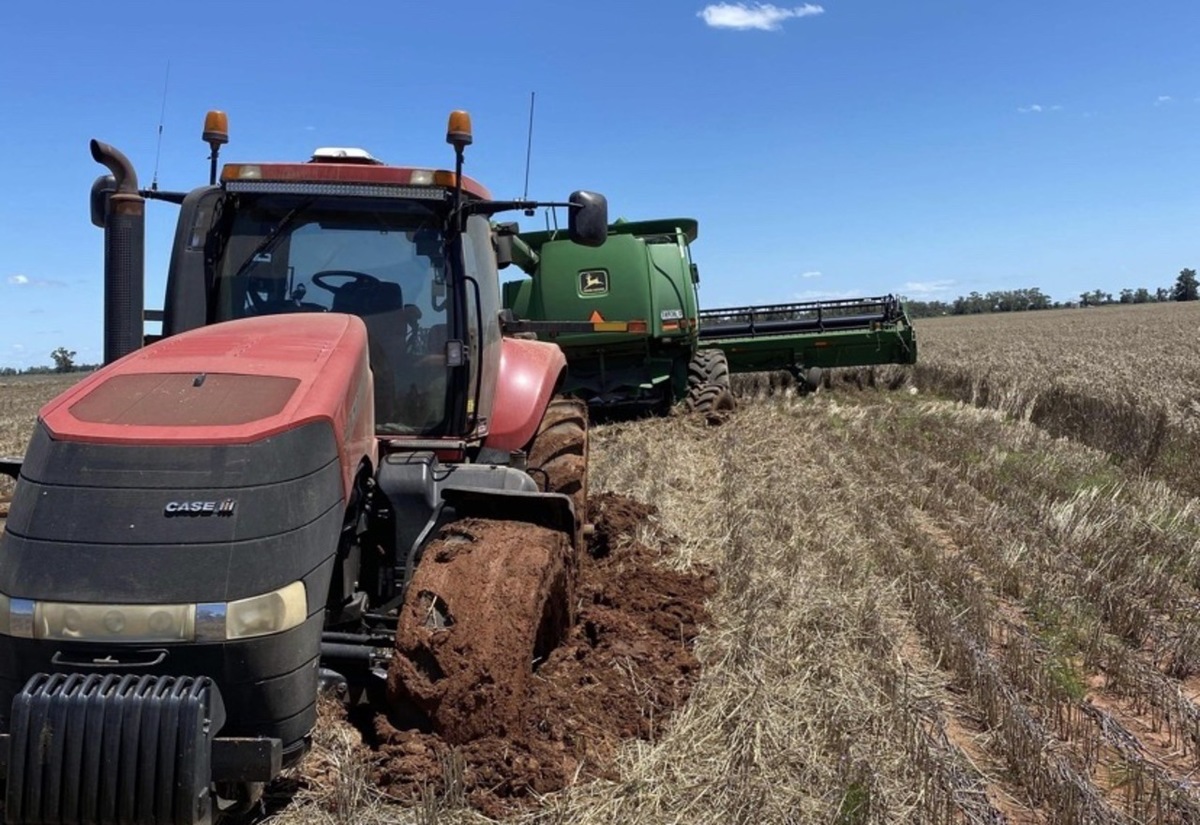Farmers optimism dashed but ag outlook remains strong
Laura Williams
01 January 2022, 9:49 PM
 Farmer optimism dipped with damaging rain and flooding but the outlook for the sector remains strong.
Farmer optimism dipped with damaging rain and flooding but the outlook for the sector remains strong. Harvest efforts in northern NSW faced an onslaught of interruptions this year, with each opportunity to put the header back into gear quickly halted by fresh rain, high moisture, or bogged vehicles.
The flooding events of late 2021 are a disaster that came on the back of a spring/summer turn to La Nina, and saw all time high optimism from farmers plunge downwards at the same rate as their degraded crops.
Rabobank’’s Regional Manager of Central NSW Toby Mendl said that the deluge of late-spring rain was missed by most farmers’ calculations, according to their quarterly survey that revealed 88 per cent of farmers were predicting excellent business conditions that were likely to improve into the next year.
Following the release of the findings, conditions changed dramatically.
“A few weeks ago, it was hard to imagine that cropping conditions in NSW could get any better, but we now have a situation where some growers, who had been preparing to harvest record-yielding crops, will actually harvest nothing,” Mr Mendl said.
In more fortunate cases, it’s a matter of reduced yield, lower quality and a harvest dragging into the first weeks of 2022.
“It’s been a heartbreaking scenario for grain growers right across New South Wales,” Mr Mendl said.
Despite complications on a local level, however, the impressive conditions leading up to spring and the strong international demand for grain means that this year’s winter crops could still be one of the most valuable yet.
According to a recent report from the Australian Bureau of Agricultural and Resource Economics, the value of agricultural exports is forecast to increase by 27 per cent, and cotton export prices predicted to increase by 60 per cent as a result of global post-lockdown apparel purchases.
For livestock producers, the rainfall could provide great opportunity and even better conditions in livestock markets, despite the original threat that floodwaters posed to stock health and safety.
Widespread rainfall across the north-west region will reportedly be beneficial for livestock producers approaching warmer summer months, particularly as the domestic and export cattle trade has displayed ongoing strength.
“Fortunately, production losses have not been as significant for livestock producers, meaning the still very firm confidence found in the survey of those sectors, particularly among dairy and beef producers, is likely to be less affected,” Mr Mendl said.
“In the summer cropping regions, the excessively wet start to their growing season had many growers contemplating replanting, but with input costs so high and many areas expected to be underwater and water-logged for some time, replanting may not be an option any longer,” he said.
Inevitably, the production losses will lead to a downward revision of the previously-high gross farm incomes projections which had been forecast by farmers a mere few weeks ago.
It is a turn for the worst that only 11 per cent of farmers had expected in the survey conducted last quarter.
The positive sentiment towards this year’s success was a nod to both high commodity prices and strong seasonal conditions.